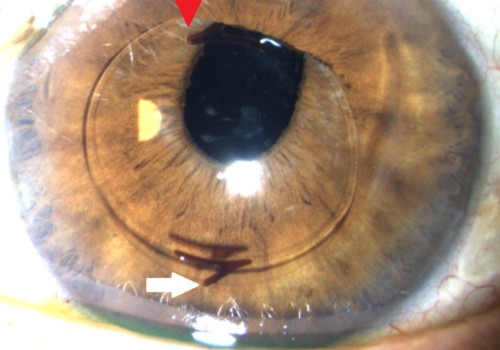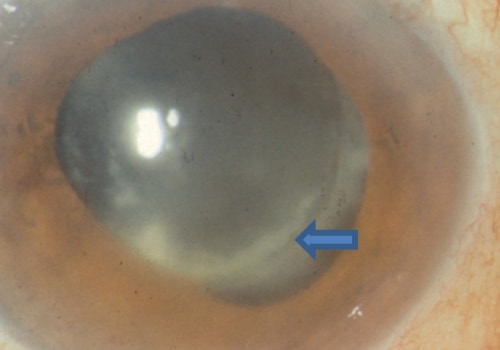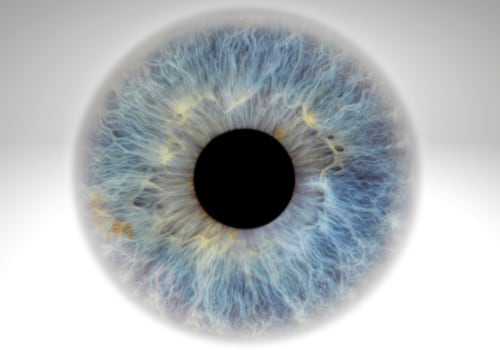Cataract surgery is a common and generally safe procedure, but it can come with some risks. Endophthalmitis is a rare but serious postoperative complication of cataract surgery, with an incidence rate ranging from 0.13% to 0.7%. This infection inside the eye can occur after any cataract operation and must be detected and treated as soon as possible for the best outcome. The risk of endophthalmitis is minimized by taking precautions such as using a sterile cloth for surgery, applying povidone iodine eye drops at the start of the operation, and administering antibiotics by eye injection at the end of the operation.
However, it can still occur rarely and unavoidably. Treatment should not be delayed while waiting for microbiological confirmation or the effects of a droplet test. If you experience any symptoms such as severe pain, rapid reduction in vision, progressive swelling or redness of the eyes, or odorous discharge from the eye after cataract surgery, you should urgently consult your ophthalmologist. Blurred vision that doesn't go away after a week should also be checked out.
Other causes of continuous blurred vision are residual refractive error (the eyes still need additional correction with glasses), eye dryness, or opacity of the back capsule (PCO). It's normal to feel like there is sand in your eyes or that your eyes are itchy after surgery; this sensation is caused by the small incision in the eye and should heal in a week or so. If you have dry eyes, the discomfort may last longer, up to three months. Some patients with cataracts require a suture or suture in the eye during surgery; this shouldn't bother you, but sometimes it's necessary to remove the suture after surgery.
PCO is a fairly common complication that can occur weeks, months, or (more often) years after cataract surgery. It occurs when the lens capsule, the membrane that holds the new intraocular lens in place, becomes cloudy or wrinkled and begins to cloud vision. PCO results from the growth of cells in the membrane over time, similar to scar tissue. Ongoing dry eyes and blepharitis can also cause ongoing sensitivity to light.
Extreme sensitivity to light may be a sign of infection and should be checked out by an ophthalmologist right away. All units that perform intraocular



